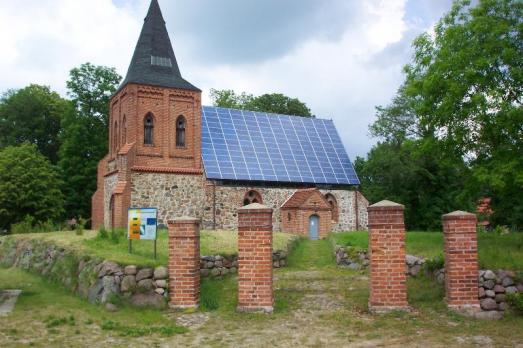
Zernin Church
Zernin, DE
The church was built in the 12th and 13th century as a fortified church. At that time only the nave stood. The tower was only added in the 18th century and today it offers living space for two kestrels and a barn owl.
Here you can search for a building to visit. You can use the map find destinations, or you can use the filters to search for a building based upon what different criteria.

Zernin, DE
The church was built in the 12th and 13th century as a fortified church. At that time only the nave stood. The tower was only added in the 18th century and today it offers living space for two kestrels and a barn owl.
Haarlem, NL
Small neo-Gothic church without tower. In use by Seventh Day Baptists since 1877. Also in use (or has been?) by the Old Reformed Church and the Free Evangelical Church. The Seventh Day Baptists are Baptists who do not hold their worship service and weekly day of rest on Sunday, but on the Sabbath (Saturday).
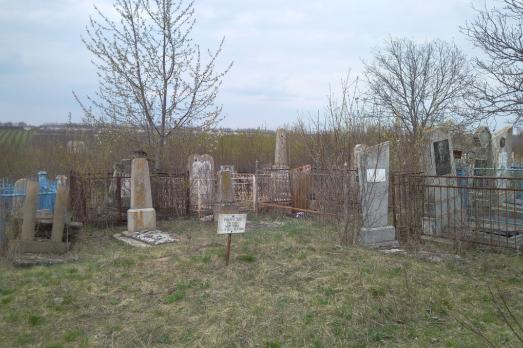
Zguritsa, MK
The cemetery can be found marked on maps of the region from 1868 and 1900, and epigraphic data shows it was still in use after World War II. It has around 1,500 tombstones. The most recent preserved gravestone dates from the 1990s.

Zhnyatyno, UA
Presumably, the Jewish Cemetery in Zhnyatyno was established in the 19th century. According to epigraphic data, it already existed in 1832. The cemetery was used after WWII, and the latest preserved gravestone dates to 1966.
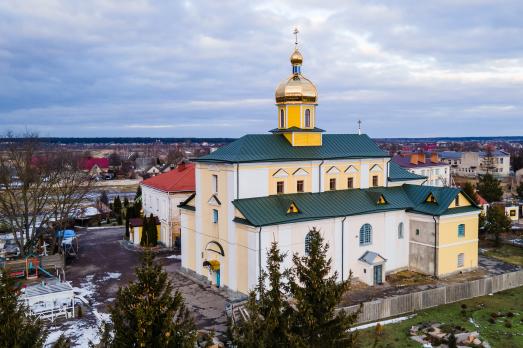
Zhydychyn, UA
The St. Nicholas Zhydychyn Monastery is one of the oldest monasteries of Kievan Rus and, according to some sources, was founded before the baptism of Rus in the 9th and 10th centuries.
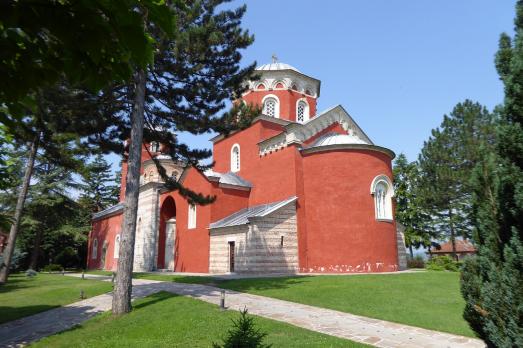
Zica, RS
This monastery was founded in the early 13th century by the first king of Serbia, Stefan the First-Crowned. The church of the monastery became the coronational church for Serbian monarchs. The monastery was constructed in the Rascian architectural style and is considered an important cultural heritage site by Serbia.
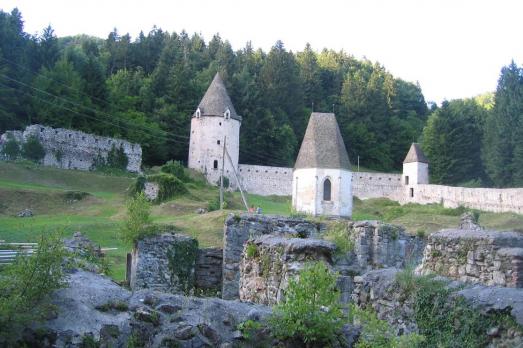
Slovenija, SI
Žiče Charterhouse is a former monastery of the Carthusian Order founded around 1160. It is the nineteenth charterhouse built in Europe, the first built outside the original Romanesque region of France and Italy.
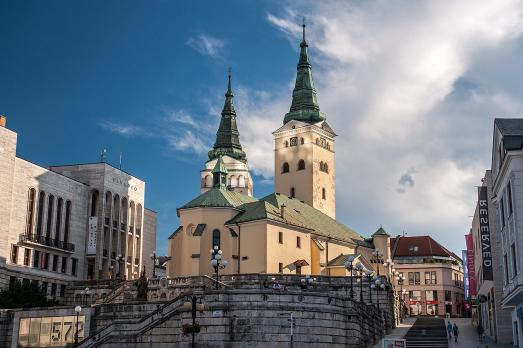
Žilina, SK
The Cathedral of the Most Holy Trinity was first mentioned in 1400, but its history probably dates back to the 13th century. In 1530, a fortification tower was built next to the church, originally named New Tower and now called Burian's Tower. In the middle of the 16th century, after a conquest of the city, the church was transformed into a fortress. The three naves of the church were originally Gothic but were remodelled in the Renaissance style. The church burned down in 1678, 1848 and partially in 1886. The last restoration took place in 1942. Since 2008 it has been the cathedral church of the new diocese of Žilina.
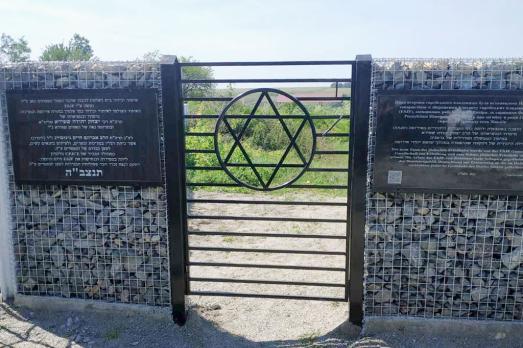
Zin'kiv, UA
In 2005, a documentary “The Renaissance of Love” about the local Jewish history was made. The cemetery was partly cleaned by Yakov Tikhman, a local Jewish activist.
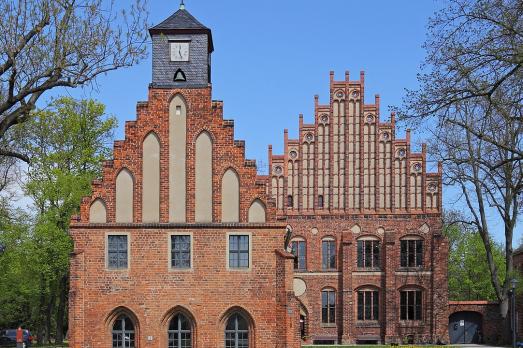
Jüterbog, DE
The former Cistercian monastery of Zinna was founded in 1170 by the Archbishop of Magdeburg. The oldest building in the complex is the late Romanesque fieldstone church, which was begun in the 12th century. In 1553, the last abbot left the monastery. The enclosure was largely demolished in the 18th century and the monastery area to the south was covered with modern buildings. In 1492, the first printed book in the area, a Marian psalm, was created in the monastery.

new
The Chassidic Route is a cultural and historical trail tracing the rich legacy of Jewish communities in southeastern Poland and western Ukraine. This region was central to the rise of Chassidism in the 18th century. Here, we highlight 10 remarkable synagogues you’ll discover along this route.

he cradle of the Industrial Revolution in Germany, Chemnitz, is well-known for its industrial heritage landscape, but the city is also home to remarkable examples of religious architecture from different historical periods. Join us as we explore the key landmarks of this European Capital of Culture 2025.

The twin towns of Nova Gorica (Slovenia) and Gorizia (Italy), lying on the border between the two countries, have a rich religious heritage, steeped in centuries of tradition. If you are looking for ideas for your visit, take note of these 10 religious sites that you should not miss.